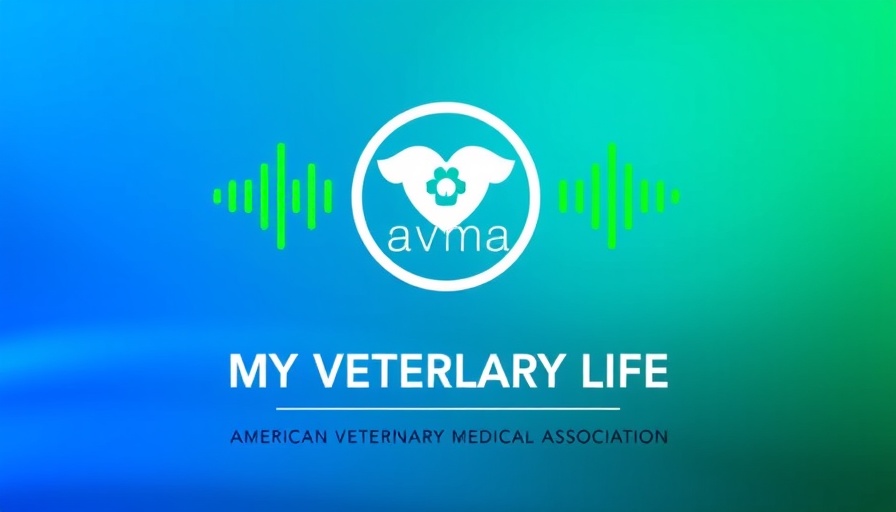
Understanding Equine Wellness: The Importance of Pre-Purchase Exams
When it comes to buying a horse, the pre-purchase exam is your first line of defense in ensuring the animal’s health and suitability for your needs. This comprehensive assessment, usually conducted by a veterinarian, evaluates the horse’s physical condition, medical history, and overall temperament. Pet owners and enthusiasts should view this as a critical investment that saves potential heartache and unexpected costs down the line.
A Closer Look at Common Equine Claims
Many new horse owners assume that horses are straightforward companions, inadvertently exposing themselves to common equine claims. Issues can arise from congenital disorders to lack of proper training, leaving owners in precarious situations. Recognizing these pitfalls before entering into a purchase agreement is vital for all prospective buyers—from trainers and groomers to veterinarians and retailers. A robust understanding of what claims might arise can help steer conversations about health disclosures and warranties.
Real-Life Experiences: What Buyers Wish They Knew
In the equine community, stories abound of buyers caught off-guard by issues that could have been flagged during the pre-purchase exam. One veterinarian recalls a case where a trainer unwittingly purchased a horse with undisclosed lameness, leading to thousands in rehabilitation costs. Sharing these experiences not only serves as a warning but also exemplifies the need for open communication between sellers and buyers.
Investing in Health: How to Choose the Right Veterinarian
Trust is paramount when selecting a veterinarian for pre-purchase exams. Pet healthcare professionals should be well-versed in equine care and familiar with the market dynamics specific to the breed or discipline you are interested in. Ask for references or testimonials to gauge their effectiveness and consider how well their expertise aligns with your individual needs.
Collaborative Care: The Role of Trainers and Groomers
A collaborative approach involving veterinarians, trainers, and groomers can significantly reduce the risk of post-purchase claims. Investing in exceptional training and grooming in the early stages of ownership ensures that the horse's physical and behavioral needs are met. Moreover, they can provide valuable insights into the horse’s potential issues or training challenges, helping you to make informed decisions.
Tech Users: Embracing Innovation in Equine Health
As the pet healthcare landscape evolves, technology is offering new avenues for ensuring horse health. From telemedicine consultations to apps that track health data, tech users can stay ahead of potential issues. Embracing these innovations means easing communication with your veterinarian and enabling proactive care management.
Final Thoughts: The Clear Benefits of Pre-Purchase Exams
In the end, pre-purchase exams not only protect your investment but also enhance the overall experience of horse ownership. Ensuring transparency and understanding potential equine claims creates a more harmonious relationship between you and your new companion. Whether you're a seasoned trainer or a first-time buyer, prioritizing health checks is your best strategy for a successful equine journey.
 Add Row
Add Row  Add
Add 


Write A Comment